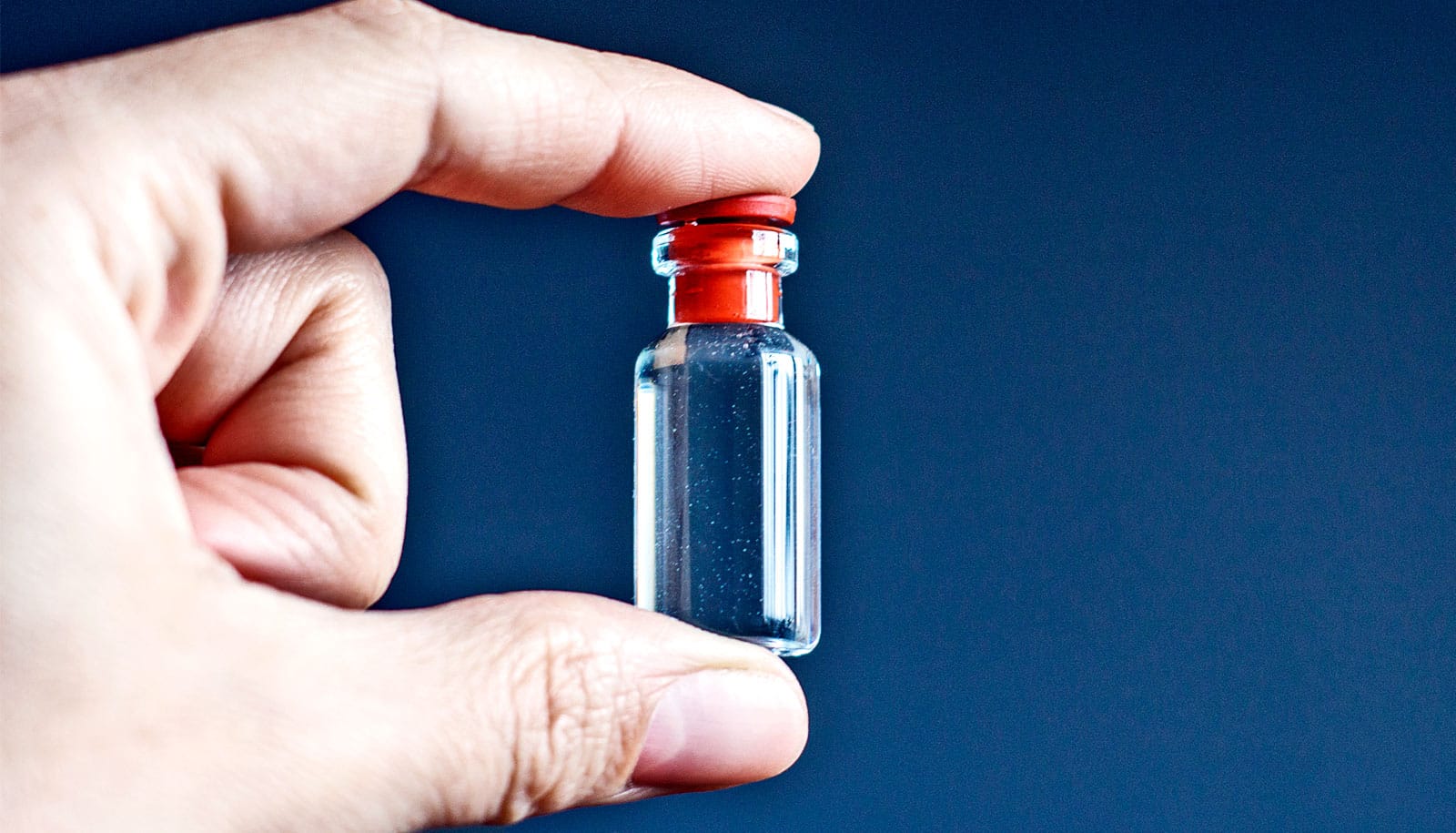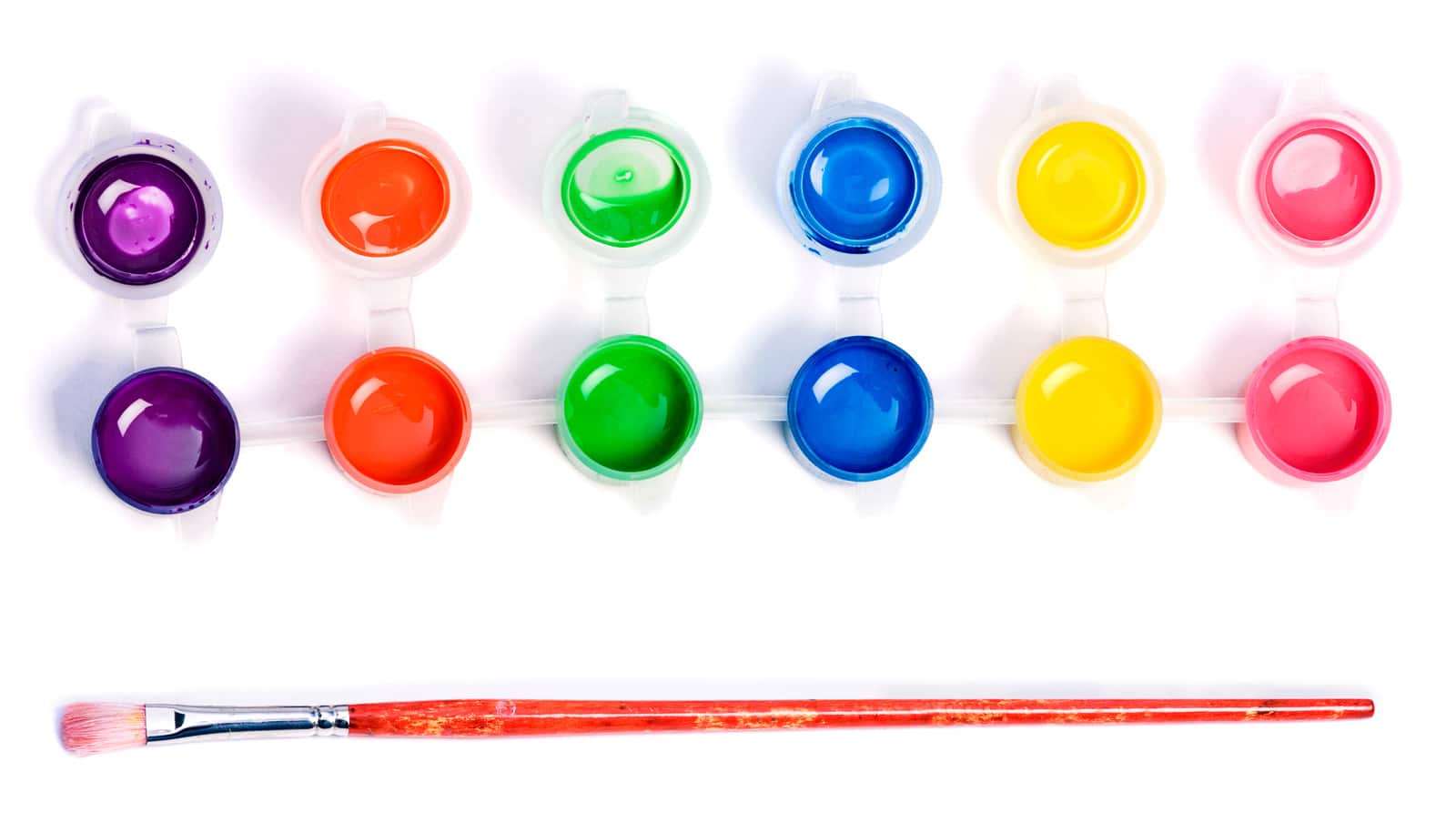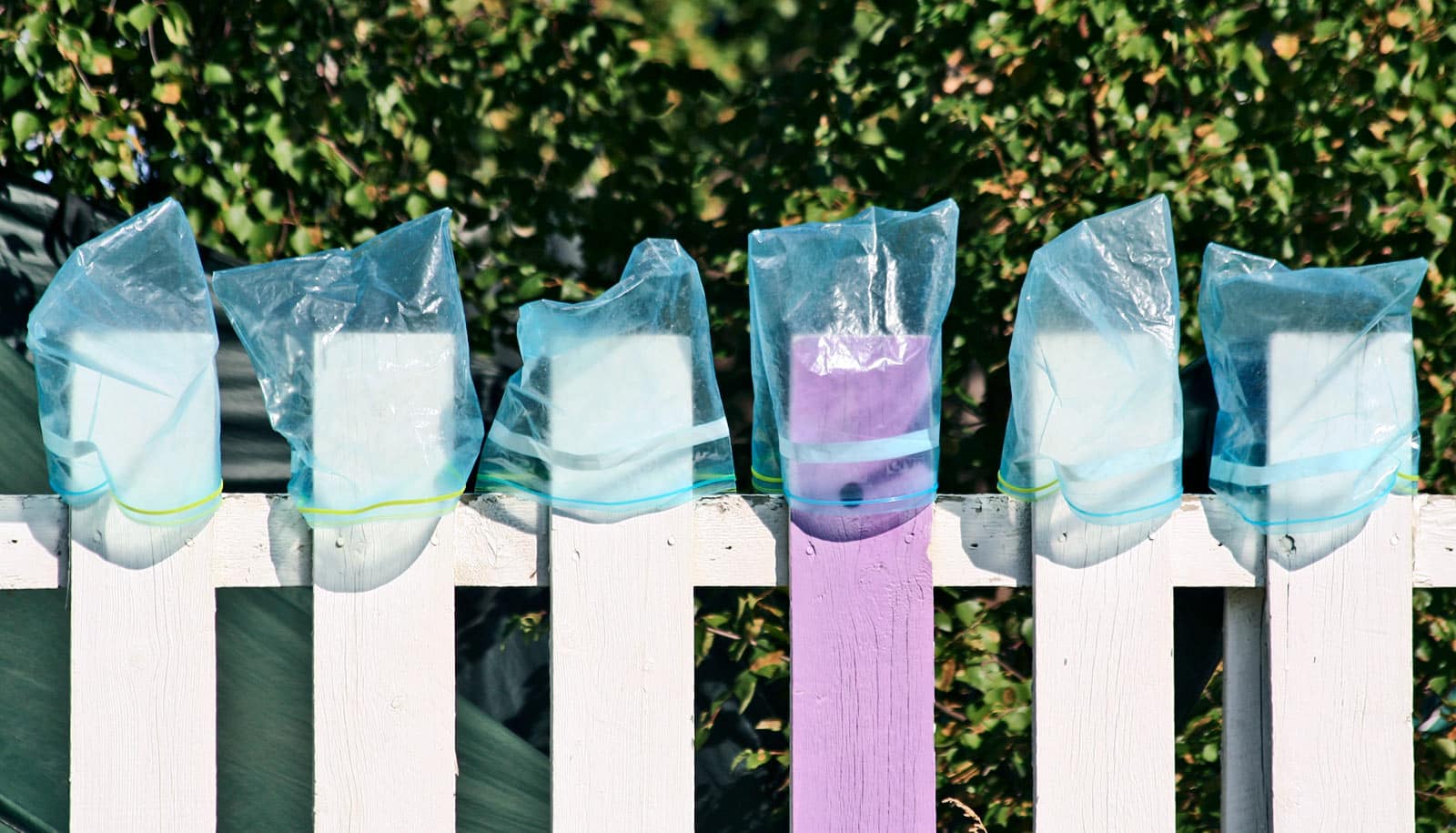Nanoscale silica bottles filled with medicine and a temperature-sensitive material could one day deliver drugs to kill malignant cells only in certain parts of the body, according to a new study.
Researchers devised a way to create silica-based hollow spheres around 200 nanometers in size, each with one small hole in the surface that could allow them to encapsulate a wide range of payloads they could release later at certain temperatures only.
In the paper in Angewandte Chemie International Edition, researchers describe packing the spheres with a mixture of fatty acids, a near-infrared dye, and an anticancer drug. The fatty acids remain solid at human body temperature but melt a few degrees above. When a dye absorbs the infrared laser, the fatty acids quickly melt to release the therapeutic drug.
“This new method could allow infusion therapies to target specific parts of the body and potentially negating certain side effects because the medicine is released only where there’s an elevated temperature,” says Younan Xia, a professor in the biomedical engineering department at Georgia Tech and Emory University. “The rest of the drug remains encapsulated by the solid fatty acids inside the bottles, which are biocompatible and biodegradable.”
The researchers also showed they can change the size of the hole, enabling nanocapsules that release their payloads at different rates.
“This approach holds great promise for medical applications that require drugs to be released in a controlled fashion and has advantages over other methods of controlled drug release,” Xia says.
An earlier method for achieving controlled drug release involves loading the temperature-sensitive material into low-density lipoproteins, often referred to as “bad cholesterol.” Another method involves loading the mixture into gold nanocages. Both have disadvantages in how the material used to encapsulate the drugs interact with the body, according to the study.
To make the silica-based bottles, the researchers started by fabricating spheres out of polystyrene with a small gold nanoparticle embedded in its surface. They then coated the spheres with a silica-based material everywhere except where the gold nanoparticle embeds.
Once researchers remove the gold and polystyrene, only a hollow silica sphere with a small opening remains. To adjust the size of the opening, the researchers simply changed the size of the gold nanoparticle.
The process to load the bottles with their payload involves soaking the spheres in a solution containing the mixture, removing the trapped air, then washing away the excess material and payload with water. The resulting nanocapsules contain an even mixture of the temperature-sensitive material, the therapeutic drug, and the dye.
To test the release mechanism, the researchers put the nanocapsules in water and used a near-infrared laser to heat the dye while tracking the concentration of the released therapeutic. The test confirmed that without the use of the laser, the medicine remains encapsulated. After several minutes of heating, concentrations of the therapeutic rose in the water.
“This controlled release system enables us to deal with the adverse impacts associated with most chemotherapeutics by only releasing the drug at a dosage above the toxic level inside the diseased site,” says Jichuan Qiu, a postdoctoral fellow in the Xia group.
The National Science Foundation and the China Scholarship Council funded the work. The content is the responsibility of the authors and does not necessarily represent the official views of the sponsoring agencies.
Source: Georgia Tech



